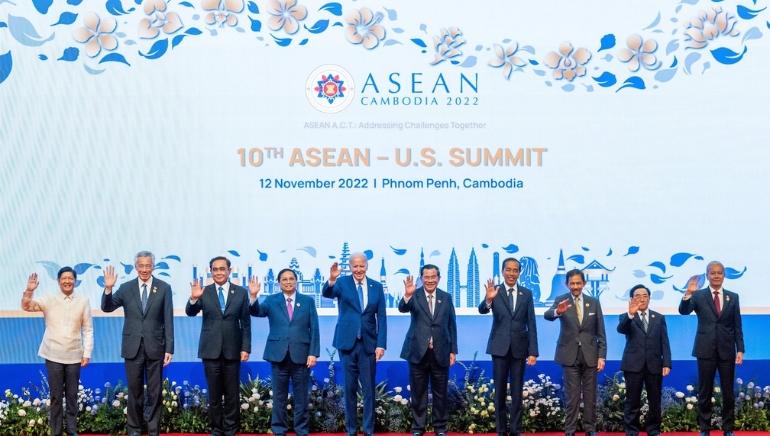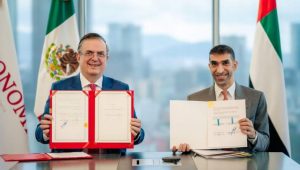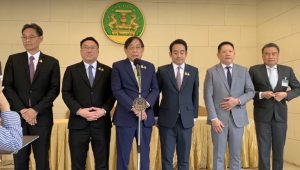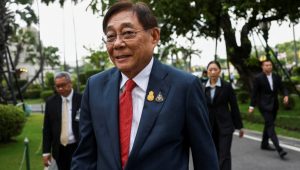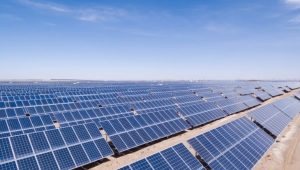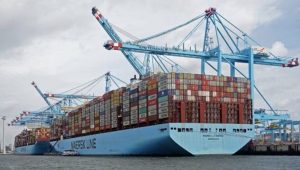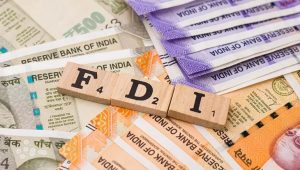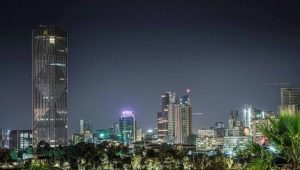The Association of Southeast Asian Nations (ASEAN) has published a five-year strategy plan to accelerate economic integration among its 10 member states. The 41-page statement, released during a key leaders’ summit in Malaysia, sets clear goals for ASEAN to become the world’s fourth-largest economy by 2045.
The strategy prioritises trade standards harmonisation, cross-border investment facilitation, regulatory reforms, and greater freedom of movement for enterprises and workers. It also suggests sustainable strategies for agriculture, mining, and industry to promote long-term growth. This agenda prioritises improved energy security, transportation networks, and resilient supply chains.
The bloc, which comprises Indonesia, Malaysia, Singapore, the Philippines, Thailand, Vietnam, Brunei, Cambodia, Laos, and Myanmar, is determined to strengthen internal economic relations. Leaders recognised that sticking with obsolete techniques would be insufficient in today’s quickly changing global landscape.
ASEAN faces numerous complex challenges, including rising geopolitical tensions, trade realignments, technological disruptions, and climate change. Demographic transitions in the region also present structural challenges to long-term stability.
To solve these challenges, the strategic plan emphasises agility, collaboration, and forward-thinking policies. With a shared economic vision, ASEAN aims not just for growth but also for global significance, financial resilience, and increased competitiveness in the next decades.





